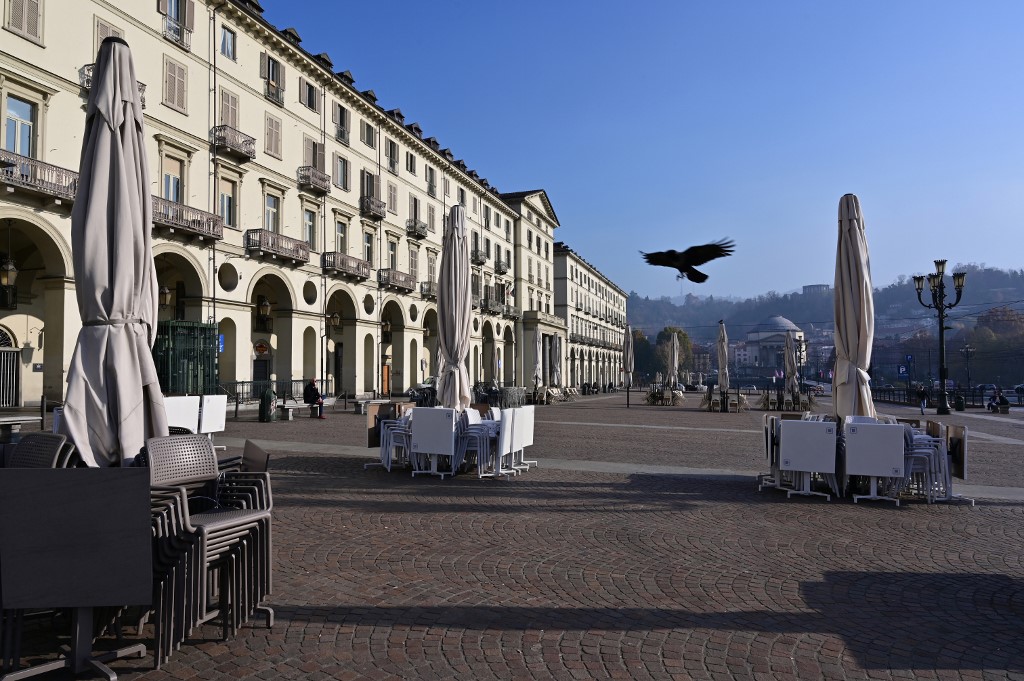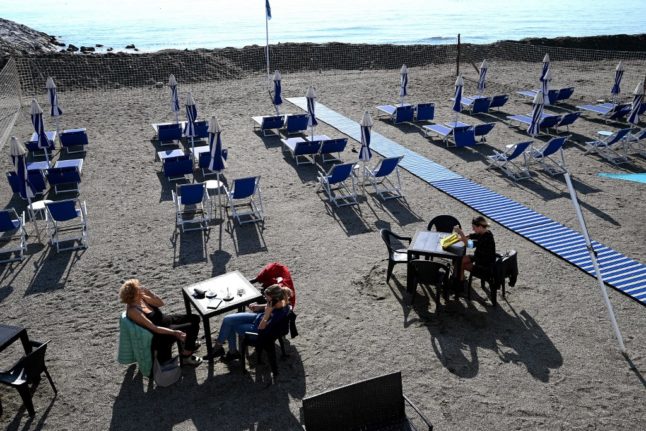As of Sunday, November 29th, five Italian regions find themselves with a little more freedom after their risk level was downgraded.
Based on the latest weekly health data, the Health Ministry decided to ease restrictions in Calabria, Liguria, Lombardy, Piedmont and Sicily.
MAP: Which zone is your region in under Italy's new tier system?
But that doesn't mean they're in the clear. Three of the five regions are still classed as 'elevated risk' zones, while the other two remain under the baseline restrictions in place everywhere in Italy, including a nightly curfew.
Here's how the Italian government has updated the tier system that divides Italy into yellow (moderate risk), orange (elevated risk) and red (high risk) zones, and what that means in practice.
Red to orange zones: Calabria, Lombardy and Piedmont
These three regions are no longer under Italy's maximum coronavirus restrictions, but remain areas of heightened risk with more precautions than some other parts of Italy.
What you can do there now that you couldn't before:
- Travel freely within your own comune, or municipality (previously only allowed for work, study, health or emergency);
- Go shopping for non-essentials (previously only supermarkets, pharmacies and other shops selling basic necessities were open);
- Go to middle school in person (previously pupils in their final year of middle school had to study remotely, but now all 11-13 year olds can attend class);
- Go to a sports centre (previously all sports facilities, including outdoors, were closed to the public).
What you still can't do:
- Leave your municipality or region, except for essentials;
- Go out between 10pm and 5am, except for essentials;
- Eat or drink in a bar or restaurant;
- Go to a shopping centre on weekends;
- Attend high school or university in person;
- Go to a gym, museum, theatre, cinema, bingo hall, arcade or betting shop.
Find out more about the rules in Italy's different zones here.

Restaurants remain closed in Turin, Piedmont. Photo: Miguel Medina/AFP
Orange to yellow zones: Liguria and Sicily
These two regions are no longer under increased restrictions, but must continue to observe Italy's minimum Covid-19 precautions.
What you can do there now that you couldn't before:
- Travel freely within your own region, or to another yellow zone (previously limited to essential reasons only);
- Eat or drink in a bar or restaurant until 6pm (previously they were closed to diners).
What you still can't do:
- Travel into an orange or red zone, except for essentials;
- Go out between 10pm and 5am, except for essentials;
- Attend high school or university in person;
- Go to a shopping centre on weekends;
- Go to a gym, museum, theatre, cinema, bingo hall, arcade or betting shop.
What about the rest of Italy?
With the latest update, Italy's risk zones stand as follows:
Red (high risk) zones: Abruzzo, Campania, Tuscany, Valle d'Aosta, autonomous province of Bolzano (also known as Alto Adige/South Tyrol).
Orange (medium-high risk) zones: Basilicata, Calabria, Emilia-Romagna, Friuli-Venezia Giulia, Lombardy, Marche, Piedmont, Puglia, Umbria.
Yellow (moderate risk) zones: Lazio, Liguria, Molise, Sardinia, Sicily, Veneto, autonomous province of Trento (also known as Trentino).
The classification is expected to remain in place until at least December 3rd, when the current emergency decree expires and will be replaced by revised rules.



 Please whitelist us to continue reading.
Please whitelist us to continue reading.
Member comments